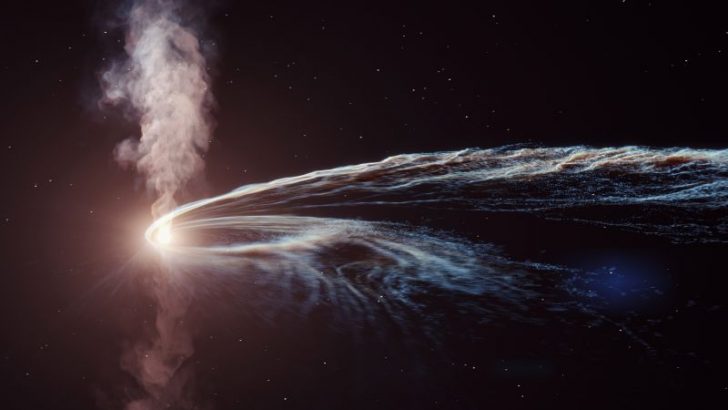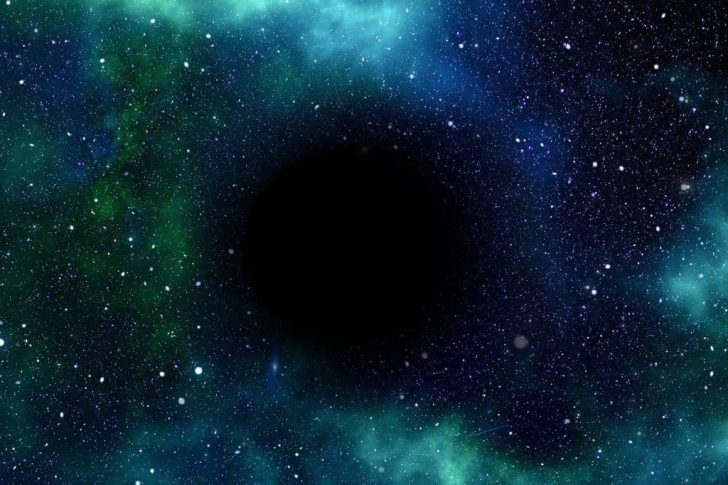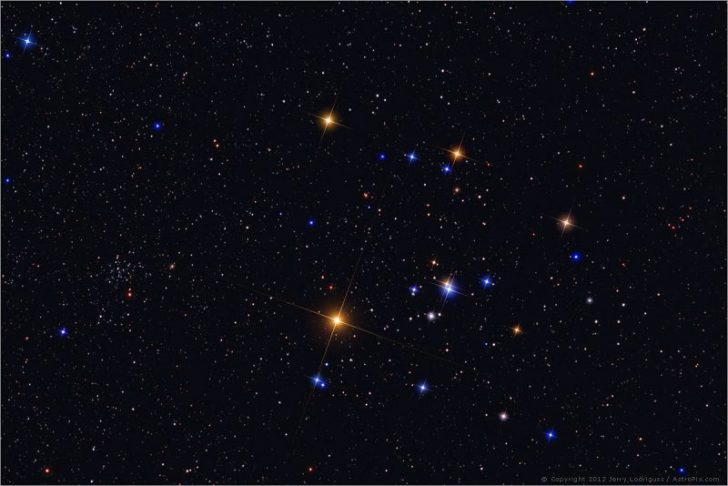What is the closest black hole to Earth? This question captures the imagination of both astronomers and science enthusiasts alike. The answer, it seems, might be closer than we ever imagined. Recent studies suggest that lurking within the Hyades Cluster, a mere 150 light years away, lies what could potentially be the nearest black hole to our planet.
This discovery not only redefines our understanding of our cosmic neighborhood. But it also presents fascinating possibilities for future space exploration and study.
The Hyades Cluster is A Stellar Cradle
Visible in the constellation of Taurus, the Hyades Cluster is not just another starry background. It is the closest open cluster to Earth and a vital key to unlocking the mysteries of stellar evolution. Comprising hundreds of stars, this cluster offers a spectacular view and serves as a cosmic laboratory for astronomers. The potential presence of a black hole within this cluster adds a thrilling new layer to its scientific importance.

Science Foundation / Astronomers suggest that the Hyades is an open cluster of hundreds of stars that are visible in the constellation of Taurus.
Black holes are the enigmatic remnants of massive stars. They play a critical role in the dynamics of star clusters. Their intense gravitational pull can influence the paths of nearby stars and can be pivotal in the evolution of the cluster itself. The discovery of a black hole in the Hyades would provide invaluable data on how these celestial phenomena interact with their stellar neighbors.
How Astronomers "Guess" the Presence of Black Holes
What is the closest black hole to Earth? To find answers, astronomers use sophisticated techniques and instruments. The method often involves observing the motion of stars within a cluster. If a star moves in a manner that suggests it is orbiting an invisible object with a significant mass, a black hole could be a compelling explanation.

Earth Sky / Directly observing a black hole is impossible because they do not emit light.
However, their presence can be inferred through the gravitational effects they have on visible matter. In the case of the Hyades Cluster, specific irregularities in the motion of stars suggest the gravitational influence of a massive, unseen object: Possibly a black hole.
What Does This Mean for Us?
The potential proximity of a black hole so close to Earth—150 light years is relatively nearby in cosmic terms—opens up a plethora of scientific opportunities and questions. It challenges existing theories about the distribution of black holes in the Milky Way and provides a unique laboratory for studying these mysterious objects.

MSU / According to astronomers, the Hyades Cluster lives only about 150 years from the planet Earth.
While the idea of a black hole so close might sound alarming, there is no immediate danger to Earth. Black holes do not "suck" objects across space like a vacuum. Instead, their influence is strong only very close to their event horizon - the point of no return. The black hole in the Hyades, if confirmed, is far enough away to be completely safe, yet close enough to provide valuable insights.
Next Steps in Exploration
What is the closest black hole to Earth? Confirming the presence of a black hole in the Hyades Cluster will likely involve more detailed observations and possibly even space missions designed to study the cluster up close. Such missions could revolutionize our understanding of black holes and their environments.
However, advancements in technology, such as more powerful telescopes and interstellar probes, will play a crucial role in studying this potential black hole. Each new tool and mission brings us closer to answering some of the most fundamental questions about the universe.





